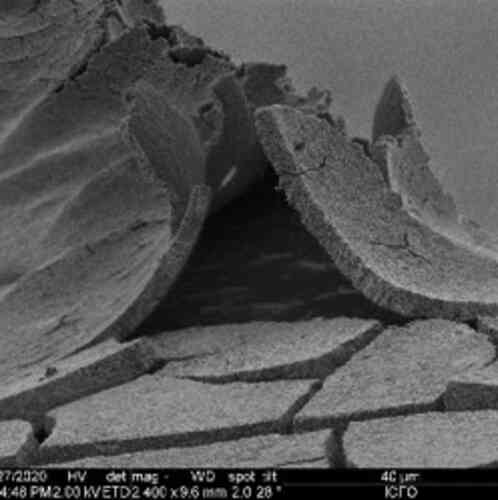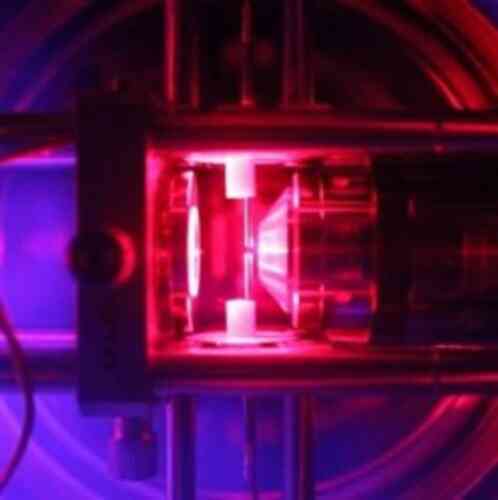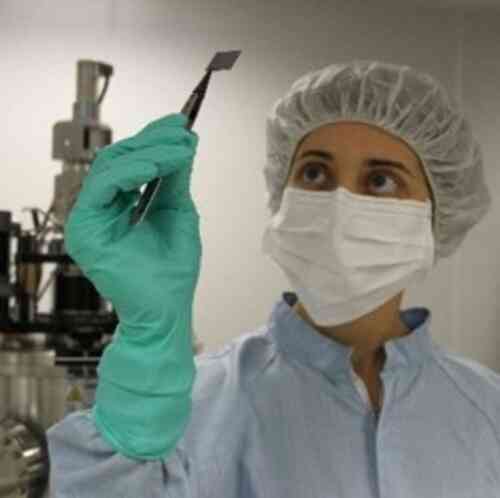ICFO decide game
Group 3 – Participant 3
Story cards
Read all the cards from this category, choose the one that looks more interesting to you and explain it to the rest of the group.
clara caballero
Story Card 4
We couldn’t understand modern medicine without photons as a tool to diagnose and treat patients. In the hospital where I work as a physician, thanks to the optical fibers of endoscopes, we can access places hidden inside the bodies of our patients without the need for invasive procedures. Various sensors and imaging techniques allow us to see and obtain information from within the bodies to be able to diagnose more accurately. In recent years, lasers have become an essential tool in many operating rooms for extreme precision surgery. And we haven’t even started talking about the therapies that nanophotonics enables!
health
pere puig
Story Card 7
I like to feel safe when driving, so I'm happy with any safety innovation. For example, I'm thrilled to have infrared light sensors in my new car that help me park and alert me when a car gets too close, avoiding scares and even some accidents!
In a few years, I hope to be able to buy a self-driving car that drives me around: finally I’ll be more calm and relaxed when I’m stuck in traffic, because the car will do all the work. Much of the obstacle detection work will be done by infrared photon pulses, maybe even detected by graphene cameras!
information and cybersecurity
núria navas
Story Card 17
A few days ago, I saw my two-years-old daughter trying (unsuccessfully) to slide the page of a newspaper with her finger. For a person like her, who was born in a world where there are screens everywhere, even on the fridge, it is natural to think of being able to interact with any surface or written word. This would not be possible if in recent years the screens had not improved so much, gaining in definition and functionality. Who could have imagined being able to interact so intuitively with a machine a few decades ago?
information and cybersecurity
info cards
Read all cards from this category, choose the two that look more interesting and explain them to the rest of the group.
knowledge and technology transfer
Info Card 8
ICFO puts the maximum effort in transforming the knowledge generated there into a positive impact on society in the form of products and technologies in collaboration with the industry or through the creation of spin-offs.
ICFO has obtained more than 100* patent families in the fields of health, information and energy. These include innovations in microscopy and optical manipulation, nanotechnology devices, solar cells, graphene sensors, laser systems, advanced displays, 3D printing, wearable devices, quantum technologies and compact sensors for use in hostile environments.
ICFO has surrounded itself by an ecosystem of companies with which it collaborates in different industrial projects, many involving its 9* spin-offs and as well as others still in the incubation stage.
(*) data updated on October 2020
photonics everywhere
nanotechnology
Info Card 9
If we split the diameter of a hair into a thousand parts, we would get to the scale of the nanoparticles that are made in ICFO. Despite being so small, these particles are useful for different innovative technologies.
At ICFO, many people are exploring the nanoworld, trying to improve our knowledge of the new phenomena that emerge at this tiny scale. They also aim to develop new technologies, such as new materials for mobile phones and wearable devices, diagnostics and treatment of diseases, sensors of photons and solar cells.
Photo: Carbon structure seen with an electron microscope. Some nanotubes can be seen inside the "cave".
photonics everywhere
optical tweezers
Info Card 19
A well-focused photon beam can trap objects and move them in a delicate and precise way: this is not science fiction, but an extremely useful and versatile photonic technique that earned its inventor the Nobel Prize.
You can find optical tweezers in various ICFO laboratories in different areas of application: for example, they are used to trap atoms in order to better understand their properties, to measure the mobility and elasticity of some cells or to study small objects on the border between quantum and classical physics.
(Foto: Optical tweezers in one of the ICFO laboratories)
photonics everywhere
clean room
Info Card 22
In order to push the limits of knowledge in the field of nanotechnology as it’s done at ICFO, you need exceptional instruments, which allow scientists, for example, to evaporate metals or make extremely tiny incisions with electron beams.
With these instruments, ICFO scientists manufacture samples and devices that – thanks to their nanometric structure - allow them to observe new phenomena or to obtain innovative products. In order to do this, they need an extremely clean space, as a single grain of dust could spoil their research. That’s why there is a clean room at ICFO, where different scientific groups can work together to better understand the nanoworld.
Photo: Person observing a sample inside ICFO’s clean room.
photonics everywhere
thinking cards
Read all the cards from this category, choose the one that looks more interesting to you and explain it to the rest of the group.
can we predict the future?
Thinking Card 8
In the 1960s, most futuristic representations for the years around 2000 included flying cars. Now, more than twenty years later, our expectations for the future have changed quite a bit.
Does it make sense to listen to someone who promises that their field of study will bring us the technology of the future? Can we really make predictions about the future of science and technology?
side effects
Thinking Card 9
A priori, knowledge is not negative: it is the use that people make of it that sometimes creates negative consequences. We know that scientific advances in recent years have brought immense benefits, but also new ways of attacking the security and freedom of people.
Is it necessary to investigate everything, knowing that in some cases misused knowledge can lead to dangers?
DECISIon
The time and resources available to solve important problems affecting society are limited. Imagine being part of the commission that has to decide how to invest the money for photonics research at European level for the coming years: knowing that photonics benefits society in many different ways, how would you distribute funds among the different research fields in photonics?
This is not an individual decision: each group must come to a unanimous conclusion by discussing correctly and rationally based on the facts that you have learned so far. There is no right or wrong answer. Like many things in life, it depends on the point of view you assume, the priorities you set, ...
light for health
Option 1
The pandemic that arose in 2020 taught us that public health is an important sector that affects many more aspects of society. A tiny virus can affect the lives of millions of people in all its aspects, not only health, but also the economy, industrial structure, labor market ...
That’s why it’s important to focus most of our efforts on research projects that can improve and care for people’s health.
light for information and cybersecurity
Option 2
We live in the information age. More and more companies and institutions are collecting and analyzing large amounts of data to improve industrial processes and services for the population. In addition, digital technologies are essential to communicate with each other, whether for work or fun. If information systems fail, strategic structures such as energy networks, traffic control, hospitals, governments, etc. fail, too. Thus, ensuring data security for quick and massive data transfer is of fundamental importance for a digitized society like ours.
That is why it is important to focus most of our efforts on research projects that can improve data collection, analysis, transmission and security.
light for energy and the environment
Option 3
We are in the middle of a climate emergency: to be able to solve it we need new environmental policies and the commitment of society as a whole. Science and technology can accelerate the change of paradigm that we need to save the planet with discoveries and innovative technologies. If we do nothing now, the Earth will be uninhabitable and unsustainable, but there’s still time.
That’s why it’s important to focus most of our efforts on research projects that can help us take care of our planet.
photonics everywhere
Option 4
Photonics is everywhere and has a positive impact in many different aspects of our lives. Sometimes, the same technology (such as the laser) can improve health, information and care for the environment at the same time. There are many global issues and it is difficult to set a priority, especially because they are interconnected.
That’s why it’s important not to focus our efforts on a single field of application: it’s better to diversify our efforts to have more chances of success.













